On test: can a wearable really correct your posture?
We test to see if 'vibrational feedback' can cure bad posture
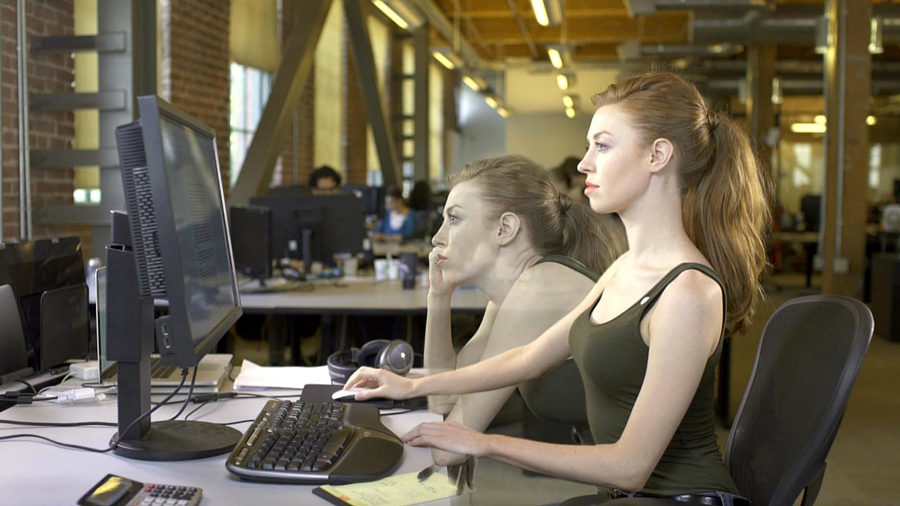
How many 'good posture hours' did you manage today? Wearables are going to become so much more than just a watch - fitness trackers and smartwatches are merely the first wave; we're already reaching into a new era of wearables that go way beyond the bracelet design.
In 2016 we've seen jewellery that vibrates when you get a message on your phone, a device that turns your clothes into a drumkit, and always-on 'lifelogging' cameras for both people and cats.
But two new wearables caught our attention; Upright and Lumo Lift, both designed to diagnose and cure bad posture.
And for that, read back-ache and lower back pain, the bane of the modern office worker around the globe.
First world problem?
Unfortunately, 80% of all Americans will have lower back pain at least once in their lives – let alone the rest of the world – and the reasons are generally bad posture and a lack of activity.
For the millions of sedentary office workers, a posture-correcting device could well be the tech-based solution to a huge problem - so we asked regular TechRadar writer Jamie Carter to test one out over a longer period of time, to find how much technology can really help with back pain.
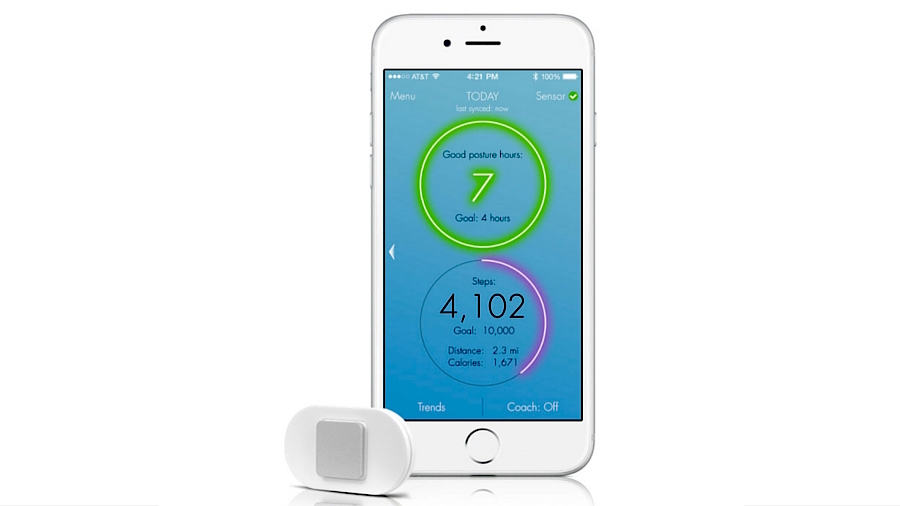
He was using the Lumo Lift, one of the smallest wearable devices yet, which promises to coach bad posture out of the wearer just by 'vibrational feedback'.
Get daily insight, inspiration and deals in your inbox
Sign up for breaking news, reviews, opinion, top tech deals, and more.
One tiny device, one simple task, one serious goal. This is our kind of wearable tech - and here’s Jamie’s story:
The problem
I'm ideal for Lumo Lift. I work at a desk most of the day, but despite having spent a lot of money on a comfortable HumanScale Freedom task chair, I do suffer from lower back pain.
It got especially bad last year when I was writing a book, writing for 16 hours each day for three weeks straight. With a lingering dose of lower back pain from a recent bout of long-haul travel - on top of some late nights writing - Lumo Lift seems ideal.
Could I correct my posture and change my future? Perhaps, but I'm not the kind of person to blindly trust any gadget, given I have quite a chequered history with wearable devices.
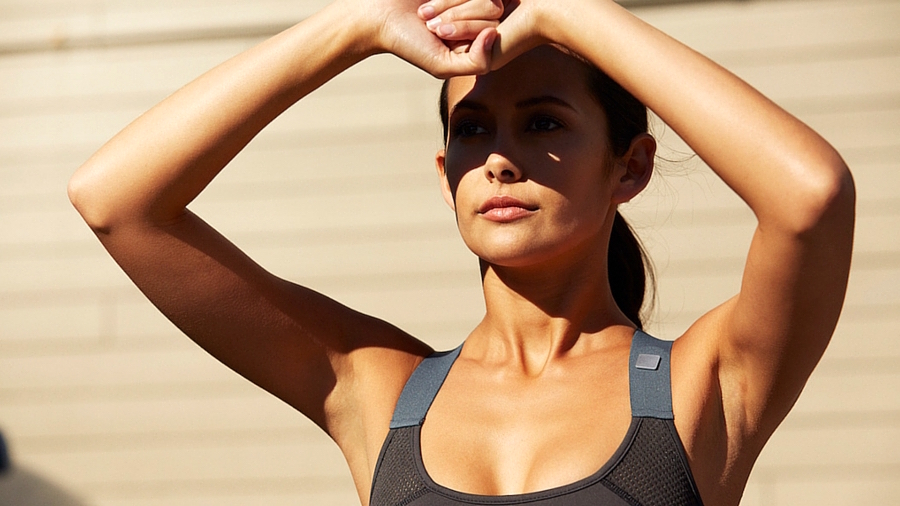
I love gadgets, but I don't respect wearables. I'm excited about pervasive electronics, implants and injected electronics, but having worn wearable cameras, fitness trackers and even a wearable subwoofer, my reservations are borne from a lot of experience.
Consequently, I have five fears about wearing the Lumo Lift:
- I'll lose it.
- It will annoy the hell out of me with incessant buzzing and meaningless data
- I'll put it on to recharge and never pick it up again
- I'll forget to remove it and destroy it in a washing machine.
- It won't improve my posture.
Good vibrations
Bravely undeterred by my fears, I clipped the Lumo Lift to my t-shirt, just under my left-hand collarbone, as instructed.
I immediately got a vibration. I got into a comfortable position and tapped Lumo Lift to reset it; it buzzes three times as an acknowledgement.
In the first two-hour session of working at a desk, the Lumo Lift appeared to work well, only buzzing when I slouched. Could Lumo Lift actually be onto something?
My initial enthusiasm takes a knock when I swap from a t-shirt to a shirt for an evening out; since Lumo Lift needs to be attached just under the collar bone so it can sense movement, clothes need to be tight to the skin.
Attach it to looser shirt and it doesn't work, even with the double-tap to reset it (which has to be done every time you change position).
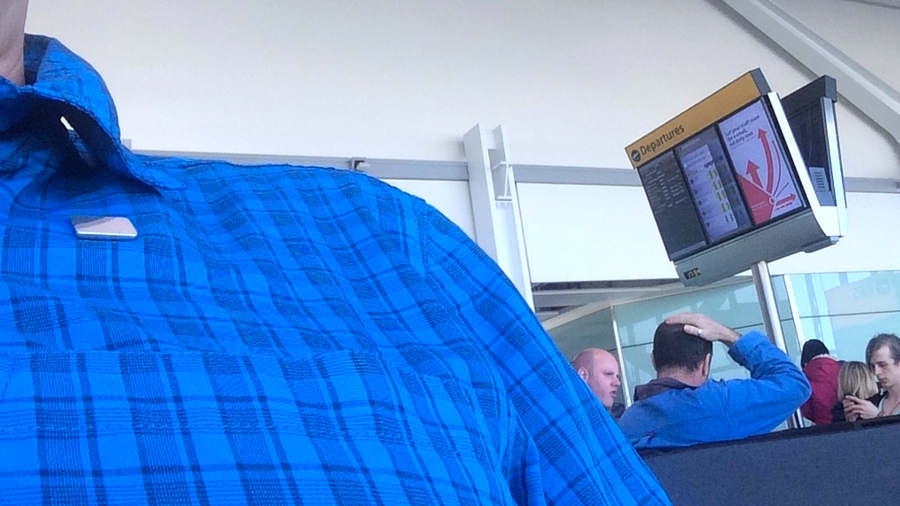
As a consequence, as I purposely slouched forward while in a bar, there was no buzz. Later that week, I went to the local multiplex to watch a movie, and Lumo Lift buzzed constantly. How can sitting comfortably in a seat be bad posture?
On another occasion while wearing a t-shirt, I'm on a bar stool in a pub watching football and the Lumo Lift appears to work well again, with forward leaning punished.
This presents a conundrum: I can feel myself having bad posture, but who sits bolt upright like a toy soldier on a bar stool?
Once I get home I'm pretty sore from correcting my posture, and my back is in need of some comfy sofa time. Sadly, Lumo Lift hates sofas as much as cinema seating, buzzing every two minutes while I sit back and relax.
OK, so my back is not supporting my body, which I guess is one of the causes of my bad posture, but should I throw out my sofa and replace it with a kneeling chair or similar? I don't think so.
Once again, the double-tap reset only helps so much.
Data daze
And then came the data. Endless, meaningless data. I get a weekly email from Lumo Lift informing me that I did meet my posture goal of six hours on three of the days in the past seven. Excellent!
It also tells me that my worst hour for posture was between 3am and 4am.
I'm pretty sure I was asleep. It also tells me I had better posture than 68% of all Lumo Lift users. That indicates that I don't actually need to be using the product - or the world is in real, real trouble.
I also get called 'super active' for doing 51,148 steps in a week, even though the recommended amount is 70,000.
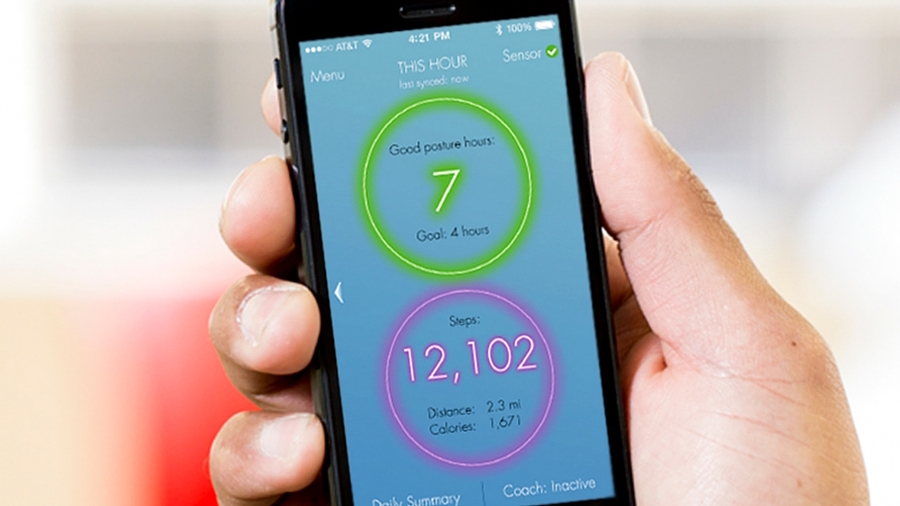
At least Lumo Lift's app translates steps into miles (I really don't get the wearables industry's obsession with the meaningless concept of steps rather than actual distance), but these are mixed messages.
The app is not much better; merely listing 'good posture hours' totals for each day, which appear to yoyo alarmingly, reaching 14 hours on three days out of seven, way beyond my (rather high, I thought) goal of six …how did that happen?
On one day I was even emailed congratulations on reaching a milestone of walking enough in the last 25 days to climb Mount Everest. Err, so what? How's my posture?
I just can't figure out if my posture is good or bad, let alone if it's improving or not.
Did it help?
Over two months of using Lumo Lift, it made me more aware of my posture while I was sat at a desk, and consequently, of my fitness in general. It buzzed, I sat upright, and each time it also reminded me to go for a walk, or a swim.
Which I did do rather more than usual, at least for the first few weeks of wearing it. And, yes, my sore back did feel better after a few weeks.
I didn't lose the Lumo Lift, it didn't annoy the hell out of me, and the emailed notifications actually tailed off to zero after a few weeks. I did occasionally forget all about it for a few days after putting it on to recharge, but I did return to it relatively quickly.
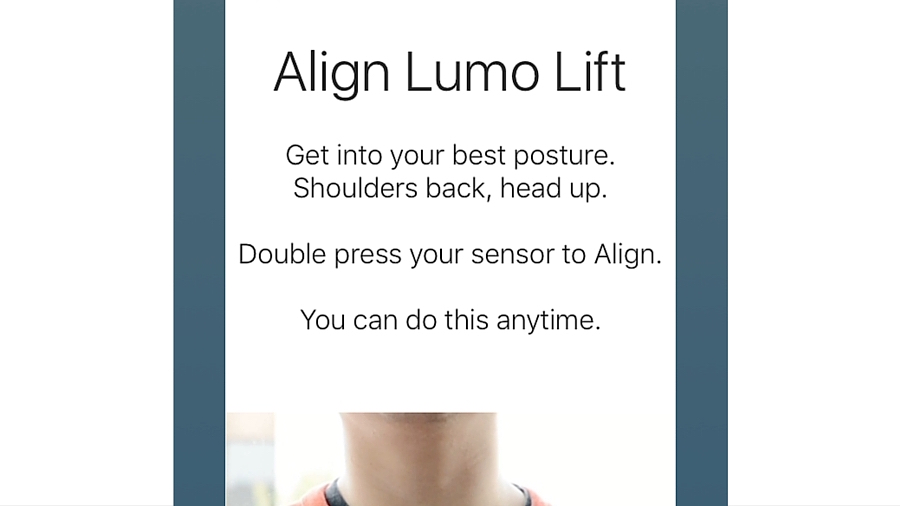
The biggest problem? I got bored of it. Perhaps I just got complacent that the problem had been solved. But if being forgotten about or generally ignored is the curse of wearables in general, the Lumo Lift has it worse because it requires you to swap it between clothing.
As far as I can see, the only usable element of Lumo Lift is its frequent buzzing, which continues to help me adjust my posture when sitting at a desk.
But the rest of it is an unscientific attempt at quantifying the unquantifiable, creating data that has no purpose. So what to do with Lumo Lift and other one-trick wearables like it?
That’s easy; let's go beyond the app, make it a trans-human body-hack implant, and then we can all get on with achieving The Singularity.
Jamie is a freelance tech, travel and space journalist based in the UK. He’s been writing regularly for Techradar since it was launched in 2008 and also writes regularly for Forbes, The Telegraph, the South China Morning Post, Sky & Telescope and the Sky At Night magazine as well as other Future titles T3, Digital Camera World, All About Space and Space.com. He also edits two of his own websites, TravGear.com and WhenIsTheNextEclipse.com that reflect his obsession with travel gear and solar eclipse travel. He is the author of A Stargazing Program For Beginners (Springer, 2015),
